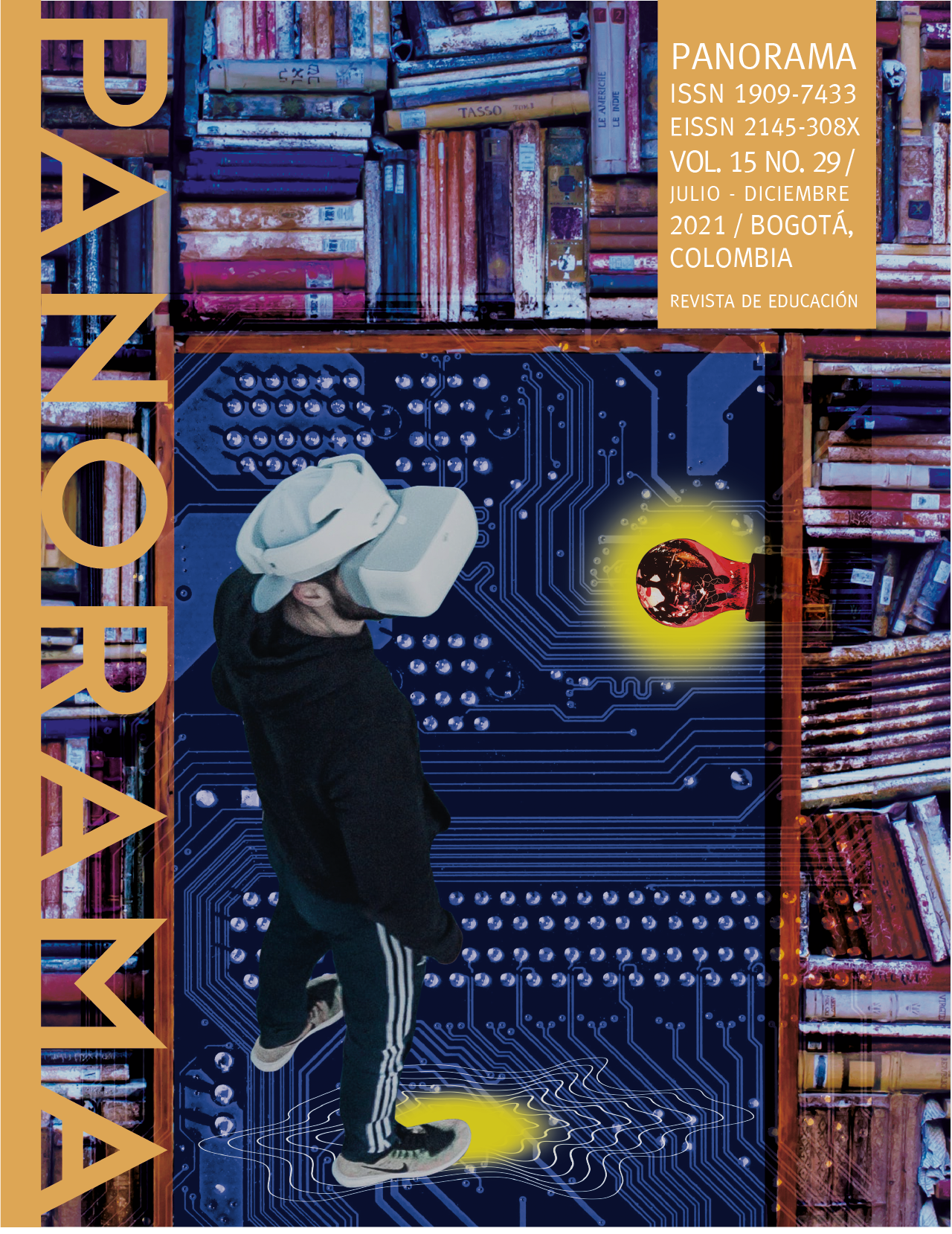Abstract
The article aims to make a contribution to the curricular field of Advertising in Colombia with the execution of the research project "Comparative study of the curricular design of the professional programs of Advertising in Colombia", which compared the design of the curricular structures existing in 37 professional programs of Advertising in Colombia, in order to identify the differences and similarities of the curricular designs of these programs, as well as to understand how the concept of curricular flexibility is implemented in terms of the selection, organization and distribution of the contents. A comparative analysis was carried out using a qualitative, descriptive-analytical approach, through the method of documentary compilation of information from primary, secondary and tertiary sources. The official documents of the programs were taken as the study plans, the educational programs of the program and institutional programs, as well as the official guidelines of the state agencies in charge of the regulation and accreditation of the professional training programs in Colombia. The comparative study recognizes the influence that the Colombian advertising industry exerts in the process of recontextualization of the concepts, contents, knowledge and practices that are included in the current curricular designs, through the implementation of "elective" or "professional practice" subjects, aimed at forming a specific graduate profile, without this having repercussions on the transformation of the structure or design of the programs, thus demonstrating the instrumentalization of the concept of curricular flexibility by the institutions under study.
References
Díaz, M. (2007). Lectura Crítica de la flexibilidad. La educación superior frente al reto de la Flexibilidad. Cooperativa Editorial Magisterio.
Díaz, M. (2011). Los discursos sobre la flexibilidad y las competencias en la educación superior. Universidad Pedagógica Nacional, Facultad de Educación. Pedagogía y Saberes, 35, 9-24.
Hernández-Sampieri, R.; Fernández-Collado, C.; & Baptista-Lucio, P. (2006). Metodología de la Investigación. McGraw-Hill.
Ministerio de Educación Nacional, MEN. (2019). Decreto 1330 de 2019. Por el cual se constituye el Capítulo 7 del Título 3 de la Parte 5 del Libro 2 del Decreto 1075 de 2015 – Único Reglamentario del Sector Educación. https://www.mineducacion.gov.co/1759/articles-387348_archivo_pdf.pdf
Ministerio de Educación Nacional, MEN. (1992). Ley 30 de 1992, por la cual se organiza el servicio público de la Educación Superior. https://www.mineducacion.gov.co/1621/article-86437.html
Muller, K. (2016). El papel de las marcas en la nueva era de la comunicación publicitaria. Opción: Revista de Ciencias Humanas y Sociales, (12), 39-65.
Mateu, E. & Casal, J. (2003). Tamaño de la muestra para una investigación de mercadeo-. http://fgsalazar.net/LANDIVAR/ING-PRIMERO/boletin02/URL_02_BAS02.pdf
López, M. (1999). La investigación de la comunicación: cuestiones epistemológicas, teóricas y metodológicas. Diálogos de la Comunicación, 56, 13-27.
Observatorio Laboral para la Educación. (2019). Observatorio Laboral para la Educación. https://ole.mineducacion.gov.co/portal/
Olivera, C. (1988). La educación comparada: hacia una teoría fundamental. Perspectivas, revista trimestral de educación, 2(18), 173- 194.
Otzen, T., & Manterola, C. (2017). Técnicas de muestreo sobre una población a estudio. Int. J. Morphol, 1(35), 227-232.
SNIES. (2020). Sistema Nacional de Información de la Educación Superior. https://snies.mineducacion.gov.co/portal/

This work is licensed under a Creative Commons Attribution-NonCommercial-NoDerivatives 4.0 International License.






